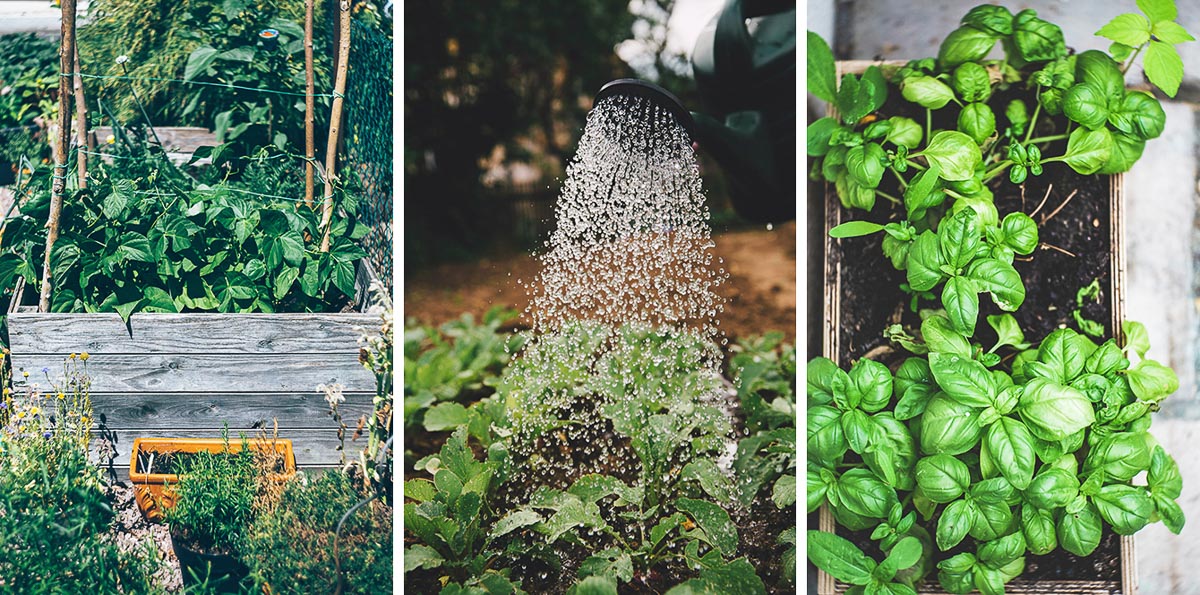7 Easy Facts About City Blooming Explained
7 Easy Facts About City Blooming Explained
Blog Article
All about City Blooming
Table of ContentsThe Best Guide To City BloomingA Biased View of City BloomingCity Blooming Things To Know Before You Get This3 Easy Facts About City Blooming DescribedHow City Blooming can Save You Time, Stress, and Money.
Interested in expanding food for sale in the City of Chicago? Considering beginning a neighborhood yard? Adjustments to the Chicago Zoning Ordinance allow farming uses like neighborhood gardens and metropolitan ranches in lots of components of the city. Below is a listing of frequently asked inquiries relating to the regulations and regulations that cultivators ought to take into consideration when planning a metropolitan farming task.
The zoning amendment does not customize any kind of other codes taking care of composting, structure authorizations, buying or leasing City possessed building, organization licenses or ecological contamination. There are existing codes that regulate these issues and they remain completely result and may be relevant to your task. Area gardens are commonly owned or handled by public entities, public companies or community-based companies and preserved by volunteers.
Urban ranches expand food that is planned to be offered, either on a nonprofit or for-profit basis. Due to their commercial purpose, metropolitan ranches call for a company permit.
Not known Details About City Blooming
Composting is enabled however only for plant product that is generated and used on website. The amount of garden compost material can not exceed 25 cubic lawns at any type of provided time according to the standards in 7-28-715 of the City's Municipal Code. Yes. Because the dirt at the majority of brand-new yard sites needs changing, garden compost, soil, timber chips, or other materials can be obtained to build or improve the expanding room - fruit and vegtables.

If a structure license is required then the hoophouse will certainly be considered an accessory building. You can figure out even more concerning the building permit demands by getting in touch with the Department of Structures. The 25,000-square-foot dimension limitation is intended to stop a solitary area yard from controling an offered block or detracting from the block's existing domestic or industrial personality.
The limitation does not relate to gardens found in Public Open Space (POS) districts. Can there be more than one neighborhood yard that is 25,000 square feet on a single block? Yes. The dimension limit puts on specific gardens, not to specific blocks. No. Secure fencing is not required, however, yards that have big auto parking areas might be called for to mount fence or other landscaping functions.
A Biased View of City Blooming
B1 & B2 areas need that all business usage tasks be conducted indoors. R areas restrict industrial activity. The regulations reflect the purpose and intent of the Zoning Code. Is secure fencing needed for urban ranches? Yes. Fences might be called for, along with landscape design and testing, for certain parking lot and outdoor job or storage locations depending on place and the certain activity happening.
Urban ranches need structure permits and zoning authorizations prior to construction (landscaping). Other kinds of city review may be needed depending on specific frameworks, activities, size, landscape design, licensing, public heath and stormwater administration concerns.
The Department of Business Matters and Consumer Protection can help establish the their explanation particular kind of service certificate that's needed. Off street auto parking is required for the majority of commercial jobs in Chicago. The needed number of auto parking rooms is based on the number of employees working on site and not the square footage of the expanding room.
4 Simple Techniques For City Blooming

Yes. An urban farm can sell compost material created on website, however, the procedure has to adhere to the laws in 7-28-715 of the Chicago Municipal Code. Yes. Aquaponic systems are permitted indoors on urban farms in numerous zoning areas. However, a zoning review and structure authorization is needed in order to install frameworks or systems and a company license is needed as described over.
As much as 5 hives or colonies of honey bees might be maintained as an accessory use. Beekeepers must register with the Illinois Department of Farming. For more details concerning the proposed zoning amendment you might contact the Department of Housing and Economic Development, Bureau of Preparation and Zoning at 312.744.8563.
Farming in cities and city locations An urban ranch in Chicago. Urban agriculture describes numerous techniques of cultivating. https://trello.com/u/cityblooming, processing, and dispersing food in metropolitan locations. The term additionally puts on the location activities of animal husbandry, aquaculture, beekeeping, and horticulture in an urban context. Urban farming is differentiated from peri-urban agriculture, which occurs in rural areas beside residential areas.
The smart Trick of City Blooming That Nobody is Talking About
, who look for to create social networks founded on a common principles of nature and neighborhood holism. These networks can create by way of official institutional support, coming to be integrated into regional community planning as a "transition community" motion for sustainable city development.
The extra straight accessibility to fresh veggie, fruit, and meat products that may be know with urban farming can enhance food security and food safety while reducing food miles, bring about lower greenhouse gas emissions, thereby adding to environment modification mitigation. Some of the initial proof of urban agriculture originates from Mesopotamia.
Report this page